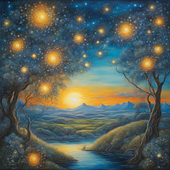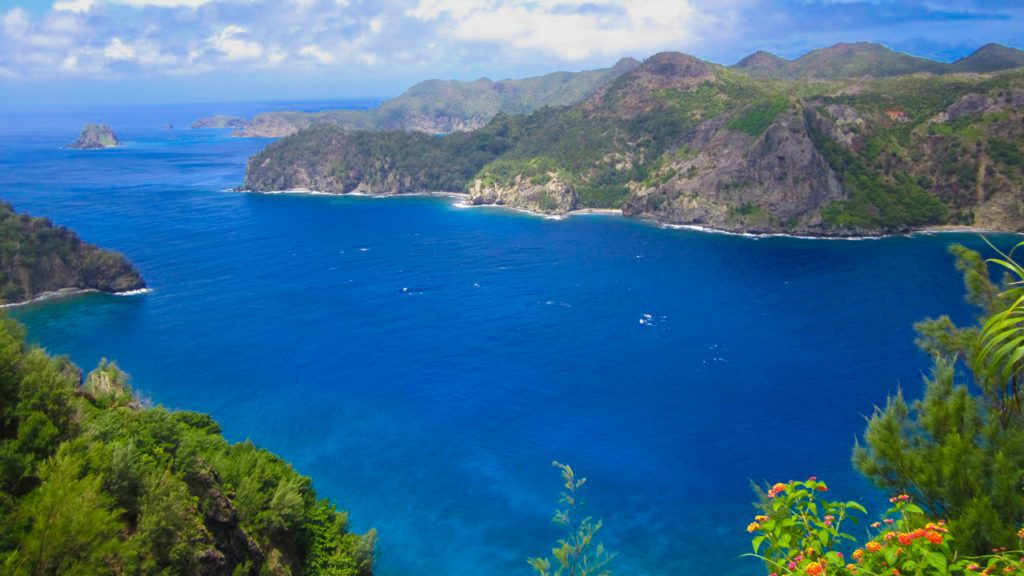
The Ogasawara Islands:
One Year After Unesco
Leaning over the railing on the top deck of a five-story ferry, I watch the southern tips of the two peninsulas that border Tokyo Bay fade into the distance of the gray-blue sea. The gargantuan vessel rocks gently beneath my feet, the steady ocean breeze a comfort on my skin I had almost forgotten existed in the concrete clog of the big city.
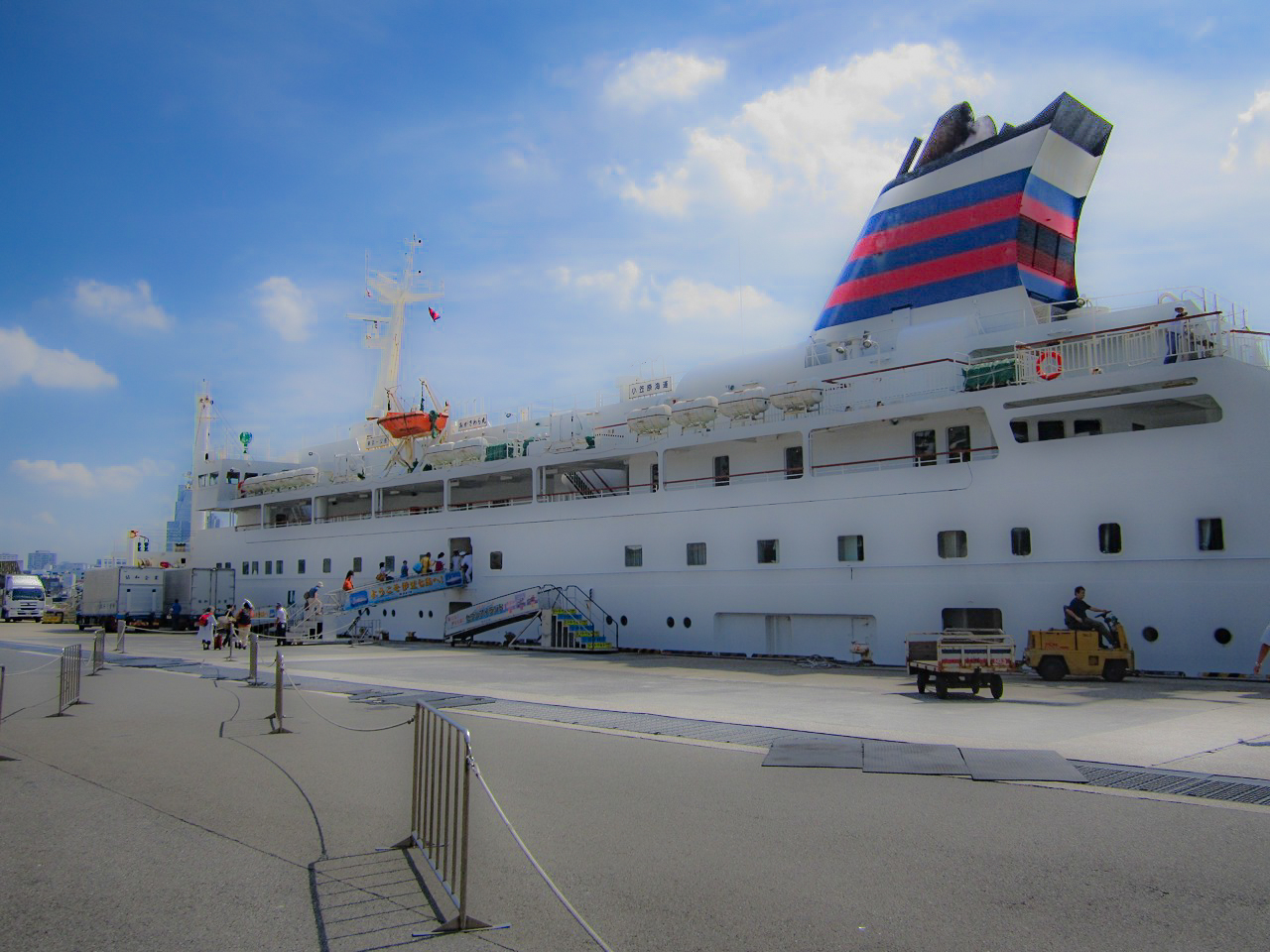
I’m just beginning my voyage to Ogasawara, also known as the Bonin Islands. It is the most far-flung district technically considered part of Tokyo, located in a subtropical region of the Pacific Ocean 1,000 km south of the neon metropolis the word usually conjures. The islands of Ogasawara formed volcanically and were never connected to any continent, so competition from outside plants and animals was limited. This led to independently-evolved ecosystems full of unique species, for which it is sometimes called “the Galapagos of Asia.”
I embark for Ogasawara just slightly over a year since it was officially recognized by UNESCO as a natural World Heritage site. With the exception of a few islands used by Japan’s Self-Defense Forces, only two islands in the chain are inhabited—Chichijima and Hahajima—with populations of around 2,000 and 500, respectively.
With no airports anywhere, the only way to get there is by boat. There are luxury cruises, but these only stop for a single night and are far beyond my budget. I settle on the other option: the ferry. Running from port-side Tokyo to Chichijima once a week, the voyage takes over 25 hours straight—in good weather. Although the travel time and prospect of seasickness continue to deter many, more passengers have been braving the ferry since World Heritage induction and the number of cruises has tripled.
For me the long ride is actually soothing. I board the Ogasawaru Maru in mid August, just after the Obon holiday peak. The sea is unusually calm, the ferry hardly swaying at all, and there are only 300 passengers, less than half of capacity, leaving me plenty of space to stretch out on the communal tatami that goes for second class sleeping quarters.
I kill the time on deck reading Moby Dick and chatting with other lone travelers. The onboard food is as overpriced and junky as one might expect, but this is more than compensated for by the glorious sunset, a radiant blaze slipping beneath an endless horizon of waves and sky.
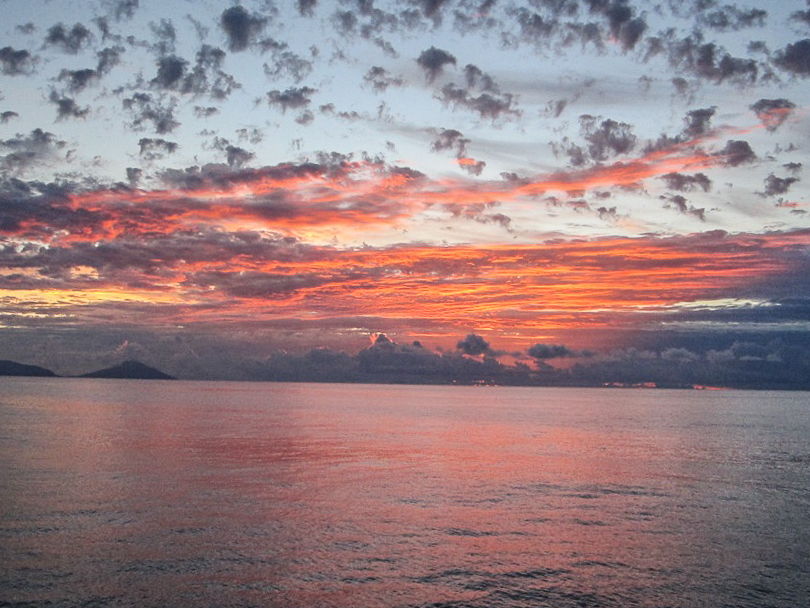
Even if the ship had been jam-packed and the weather rough, I would have gladly endured it for the wilderness frontier that is Ogasawara. Of my six nights there, I spend five on Chichijima.
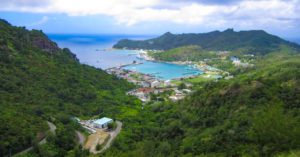
The buildings of the main town are clustered along the shore at the foot of mountains covered in low trees and shrubs — too tropical to be mistaken for anything on Japan’s main island. With souvenir shops, galleries, hotels, restaurants, bars and traditional izakaya lining the well-paved roads, it feels almost like a small resort. Accommodations run the gamut from cheap dorms to sumptuous hotels. I pick a cozy family-run minshuku in the center of town.
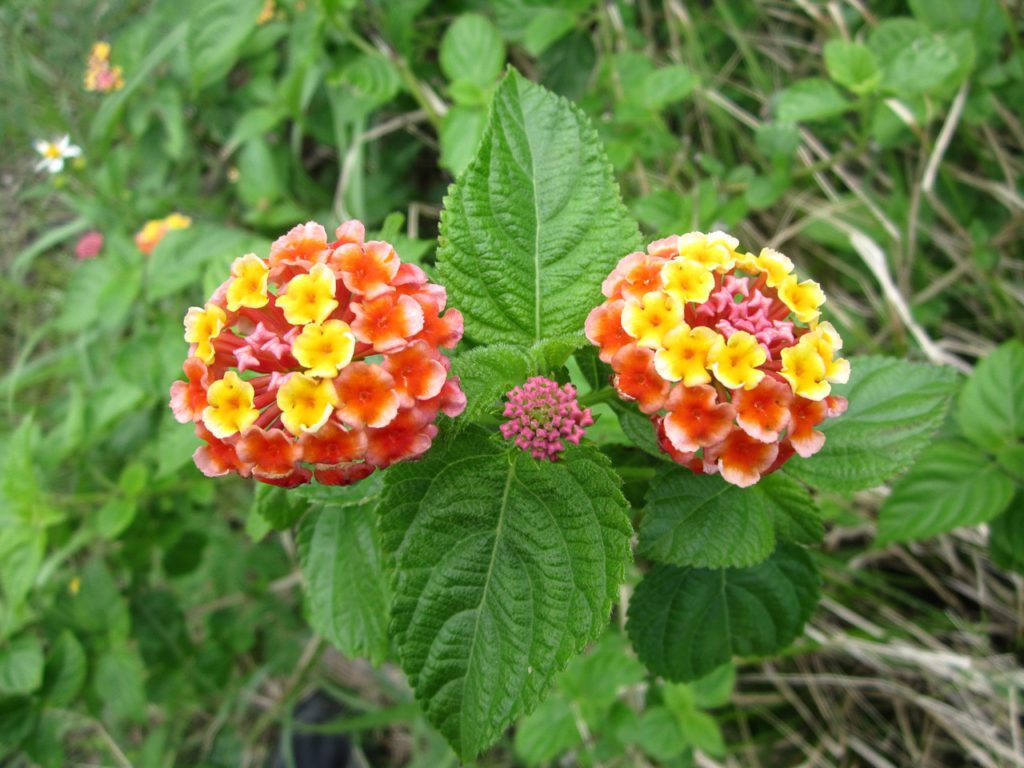
Not wasting a moment after checking in, I hike up past the local shrine to the top of a small mountain overlooking the town. With light rain falling, toads and snails creep out of the bush, and I get my first sighting of the oka-yadogari, an endemic hermit crab that drags its borrowed seashell around with gristly purple limbs, cute antenna sticking up like pigtails.
The next morning, I walk across a white beach where green sea turtles bury their eggs deep in the sand, washed up shards of dried coral tinkling against each other under my feet like glass wind chimes, the ocean a deep indigo some call Bonin Blue. Donning my goggles, I enter a world of pulsating coral, neon fish and mysterious organisms that ripple and swirl vibrantly in the currents. At other beaches, I see a manta ray, a sand tiger shark and a sea snake spotted like a leopard, all of which are harmless if you keep your distance.
Over the next several days, I encounter many more strange and wonderful creatures. During a nighttime tour, I see critically-endangered Bonin fruit bats swoop in on giant wings to hang upside down from a tree like small monkeys, plankton that flicker like fireflies in the surf and bioluminescent mushrooms glowing faintly in a dark forest.
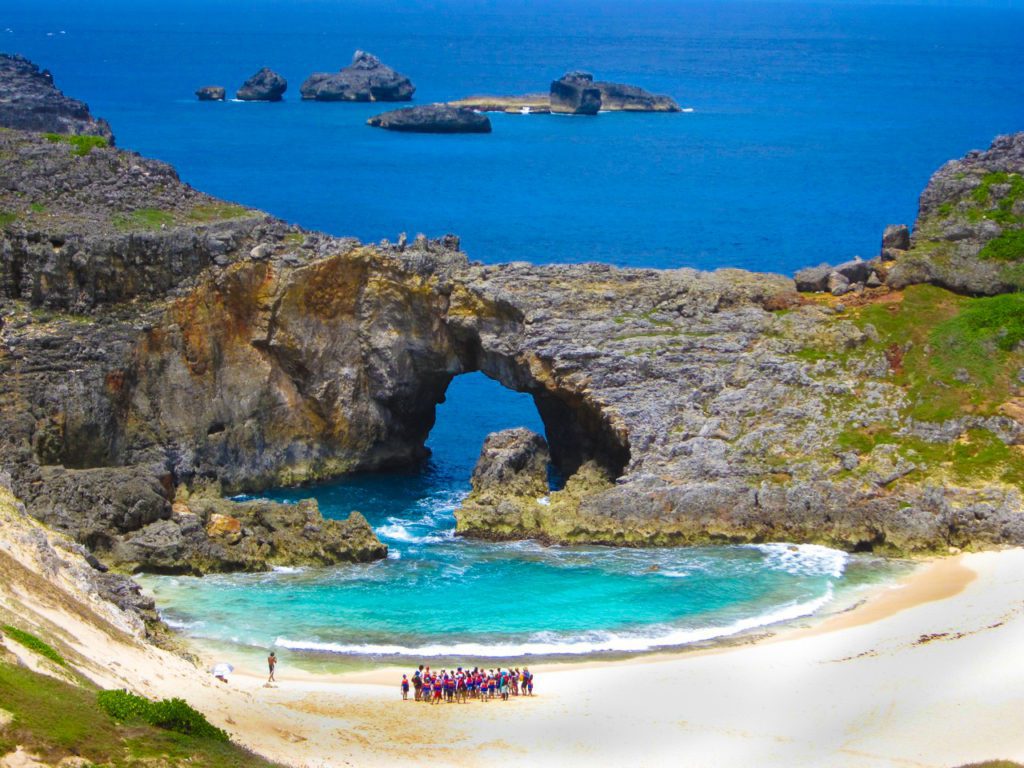
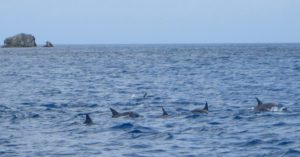
On a motorboat tour to Minamijima, I witness spinner dolphins rising for a breath of air like serrated gears cutting the waves, green sea turtles bobbing lackadaisically to the surface and the fluffy gray forms of hatchling seabirds treasured away in little rock cubbies, before I take a swim with bottlenose dolphins. Whether its sea-kayaking, whale-watching or diving, there is endless excitement to be had—if you can afford to hire the licensed guides now required by strict environmental regulations.
Chichijima’s numerous restaurants and bars serve anything from teishoku to shark burgers, Guinness to sake, much of it overpriced because ingredients have to be shipped in. Island signature dishes include: tempura shikakumame, or square bean, a crunchy summer veggie like a less fibrous version of celery; and shimazushi, a kind of white-fish nigiri marinated in spicy soy sauce. The most controversial offering, perhaps, is sea turtle, served stewed or as sashimi. Listed by some environmental watchdogs as endangered, Ogasawara is the only place in Japan where hunting and consumption is allowed.
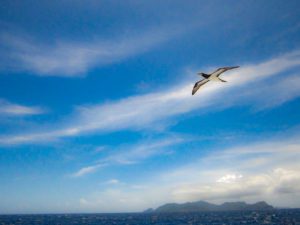
For my final night, I visit Hahajima. During the two-hour voyage, the ferry—far smaller and less stable than the massive Ogasawara Maru—is tossed about violently on choppy waves, and seasickness finally catches up with me. Lying motionless on the floor is all I can do to keep inside and outside where they’re supposed to be.
But the ordeal is well rewarded at my destination. Quiet, remote, the vegetation is more lush, the critters more abundant. Restaurants and shops are few; tourists even fewer. I stay at a clean wooden inn, where I’m treated to a home-style Japanese feast much more exquisite than the price had seemed to portend.
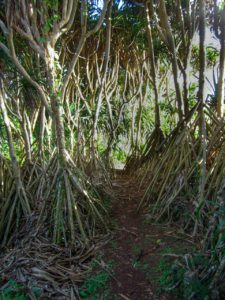
The next morning, I climb Chibusayama—literally “Tit Mountain” supposedly for its breast-like topography—and find myself swallowed in a forest of green jags, monstrous tangles of vines, and rows of octopus trees, their ramified roots rising above the soil like an octopus standing upright on its tentacles.
Gray lizards scuttle constantly across the trail and the green avian figure of Hahajima honeyeaters flit through the branches. The view from the top is breathtaking, a red, purple and green mosaic of trees sloping down to that Bonin Blue.

Talking with the Hahajima Volunteer Association afterwards, I learn that a vandal recently broke the branches of many endangered trees in both Chibusayama and a cape on the southern shore. Trunks were also found badly scratched to the north in a case of trespassing without the required guide. The police are still investigating, but the damage was thought to have been done intentionally by a tourist.
Two weeks before my trip, the Environment Ministry mentioned the Chibusayama incident when it announced plans to assess the ecological impact of increased tourism on Japan’s four natural World Heritage sites: Yakushima, Shiretoko, Shirakami and Ogasawara. Sections of Shiretoko have already been closed to the public, and there is discussion of doing the same with the mountains of Yakushima.
Inhabited continuously since 1830, many areas of Ogasawara now marked as World Heritage were developed in the past. Chibusayama, for example, was once farmland for cash crops of sugar. While not exactly untouched, the unique ecosystems of Ogasawara have been rejuvenated over decades of hard-fought preservation. Yet having evolved in isolation, they are extremely fragile and sensitive to invasive species that tourists can unknowingly (or purposely) bring. Outsiders like the rat, green anole and planarian worm are already wreaking havoc on indigenous lifeforms.
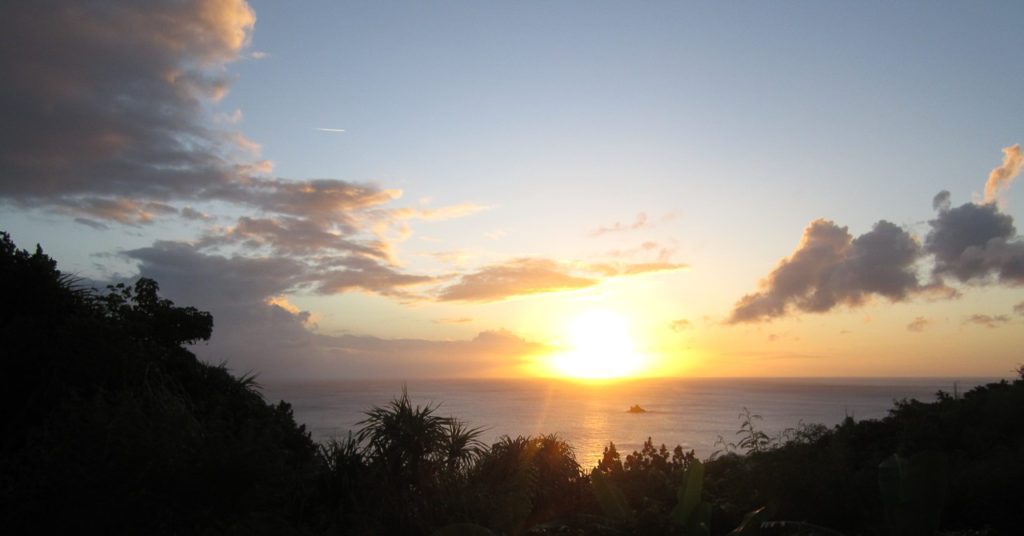
It is ironic that a U.N. program seeking to protect natural heritage sites tends to threaten them by attracting tourists. The presence of ecotourists such as myself may further environmental protection by adding economic incentive, which means everything in our finance-obsessed world, but it also inevitably hinders such protection by exerting pressure directly on the environment. Whether it’s possible to create a new interrelationship in which a large influx of visitors coexists with native organisms in a healthy and flourishing equilibrium is hard to say. But so long as we seek to make nature a spectacle and playground for our personal amusement, this is the challenge we face.
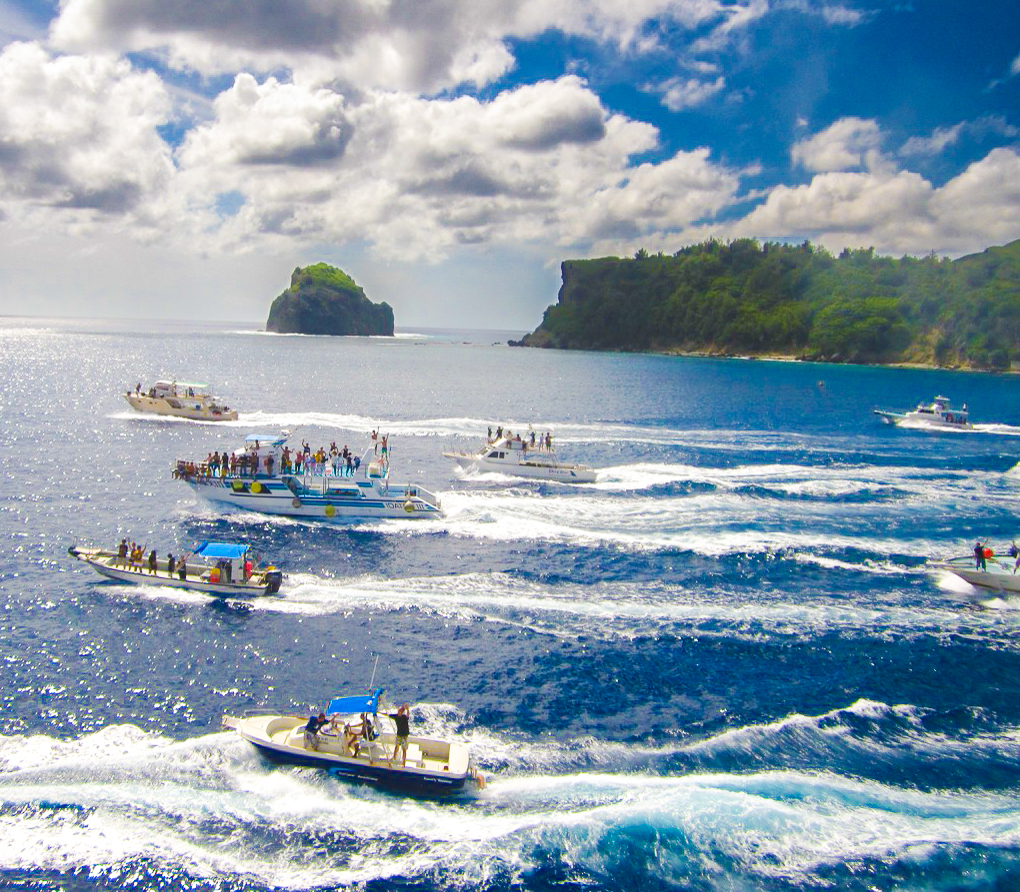
*Adapted from an essay oiginally published in The Japan Times
 Eli K.P. William is the author of The Jubilee Cycle trilogy (Skyhorse Publishing), a science fiction trilogy set in a dystopian future Tokyo. He also translates Japanese literature, including the bestselling novel A Man (Crossing) by Keiichiro Hirano, and serves as a writing consultant for a well-known Japanese video game company. His translations, essays, and short stories have appeared in such publications as Granta, The Southern Review, Monkey, and The Malahat Review.
Eli K.P. William is the author of The Jubilee Cycle trilogy (Skyhorse Publishing), a science fiction trilogy set in a dystopian future Tokyo. He also translates Japanese literature, including the bestselling novel A Man (Crossing) by Keiichiro Hirano, and serves as a writing consultant for a well-known Japanese video game company. His translations, essays, and short stories have appeared in such publications as Granta, The Southern Review, Monkey, and The Malahat Review.
More about Eli here.
Follow him on BlueSKy: @elikpwilliam
Or for more essays like this, JOIN ELI’S NEWSLETTER
ALMOST REAL
essays on futurism, philosophy,
speculative fiction, and Japan
by Eli K.P. William
